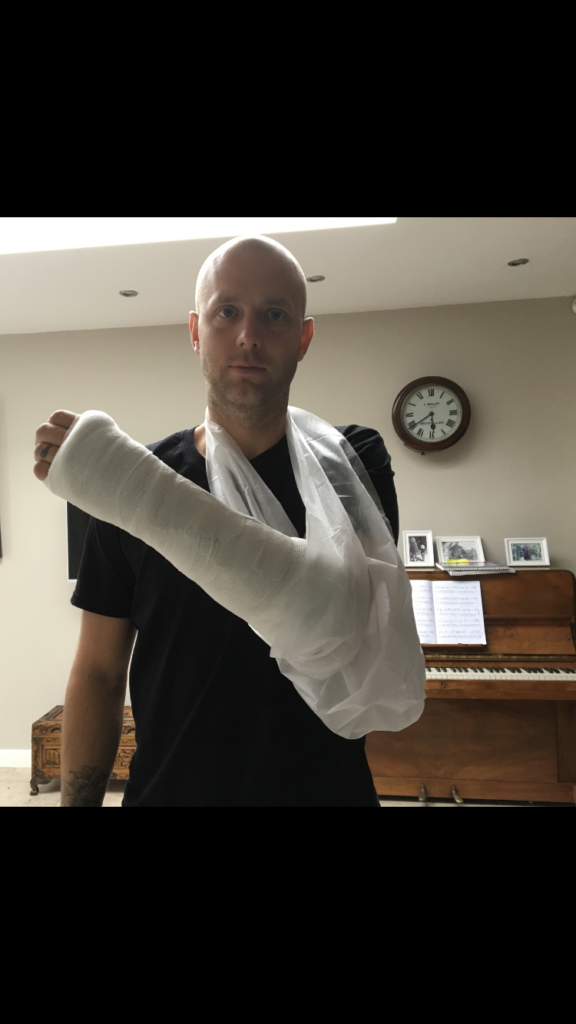
Come on now, what were you thinking? I am of course talking about how and where to start scuba diving.
More specifically, about trying it for the first time.
If you are one of those odd people who want to dive to the bottom of the ocean, a place where we have no business being, read this to get started.
In case you haven’t noticed (if not don’t worry, it will become more apparent as the post continues) I am not a diver, well, not a scuba diver at least. I couldn’t think of anything worse. In fact, the only reason I am writing this post is because my ‘diving expert writer’ was too busy. That and the fact that my son is one of those odd people who has interest in going to the dark depths of the sea where everything wants to kill you. So as any responsible parent would, I suggested he give it a try. I mean what could go wrong?
It turns out not much, in a local swimming pool at least, apart from legionnaires disease maybe. Better than a shark attack or slowly running out of air 50 metres below the surface though.
The local pool was where he went for his ‘try dive’. Local pools hire out their facilities to dive clubs for them to train in. In the words of Peter Sellers… “Not a lot of people know that.” So, you don’t need sea legs at all. You can get your ‘try dive’ done, then be in the pub within 15 mins of being out of the pool! None of that 3-hour chug back to the harbour on a wet, windy day in a cramped boat with someone being sick over your brand-new wetsuit boots.
So, off he went to Havering and Ilford Scuba club which is a BSAC club. Cue keyboard warriors threatening to kill my cat and feed me to a giant squid.
If you don’t know the difference between BSAC and PADI, my advice would be; don’t ask! Conflicts in the middle east have been settled with more ease. All I will do is tell you what they stand for;
‘British Sub Aqua Club’ and ‘Professional Association of Diving Instructors’
Look them up and make your own choices kids.
Anyway, back to a try dive. It turns out it’s remarkably simple. Ring them up, pay your £15, don your speedos and off you go. Gonna be a short post this one, eh?
My boy had an instructor there Called Graham. An excellent teacher and obviously a master diver. In fact, I think that is actually what he is called, something like that anyway. A total pro, who I would sincerely recommend to float you through your first time underwater with ease. My boy couldn’t speak highly enough of his teaching technique and exuberant knowledge… it is his Grandad though. He honestly is a rather good dive master to be fair.
It all seemed too simple to start on the road to drowning yourself (they think I am mad for climbing up high or skating a halfpipe etc. We have a mutual fear of each other’s chosen pastimes)
So, I asked him what are the usual questions people have when they come so I could post the answers.
- Bizarrely you do not need to know how to swim. Well, not really anyway. If you ask me, it’s common bloody sense to be good at swimming if you are going miles out to sea to dive below the surface. Apparently not though. So long as you can ‘swim’ unaided for 200 metres you’re good to go. Let’s hope the boat doesn’t leave you negative buoyant lot behind. Doggy paddle counts allegedly!
- As you have probably guessed by now, kids can give it a go. They must be over 12 though and they need to be at least 14 to be fully trained. Only then are they deemed physically capable enough to fight off angry octopi. It’s like the diver’s version of the Maasi killing a lion to enter manhood.
- You need nothing, apart from your aforementioned speedos and a desire to go places with literally no oxygen you can breathe. Maybe an old t-shirt to stop the tank rubbing on your shoulders would be an idea as well.
- Training comprises of 3 parts (this may be different for PADI, don’t shoot me) theory, comprising of lessons, practice, and application. Also, a final ‘checkout’ dive in a lake somewhere.
- Sharks won’t kill you. Nor will the bends, venomous sea snakes, Lion fish, Portuguese Man o War, propellers, anchors, Killer Whales, whales in general (they clearly didn’t read Moby Dick in which coincidently the boat was called the ‘Essex’). Sharks, did I mention those? They deserve a mention twice anyway.
Yeah, if you listen to those ‘diving fanatics’, it’s a particularly safe sport. The science and stats seem to back it up I admit. If you believe that lot, you are probably as crazy as those fools that want to venture deep underwater. My son claimed that it was brilliant and can’t wait to do it again. Keen as mustard to do his full dive training now.
He is a bit weird though, takes after his mother.
So, if you still want to give it a go and you are near to these guys, contact Havering and Ilford Scuba club here https://www.bsac49.org.uk/book-a-try-div. If not, dip your toes (like what I did there?) into the eternal battle of the Titans and the Gods and pick a local BSAC or PADI club and get involved.
In the meantime, feel free to book me for a day’s climbing. It’s great, we take a picnic and beers for after. No sharks I promise…none.


